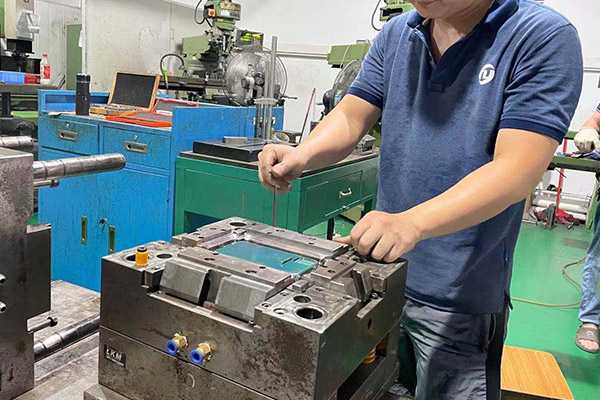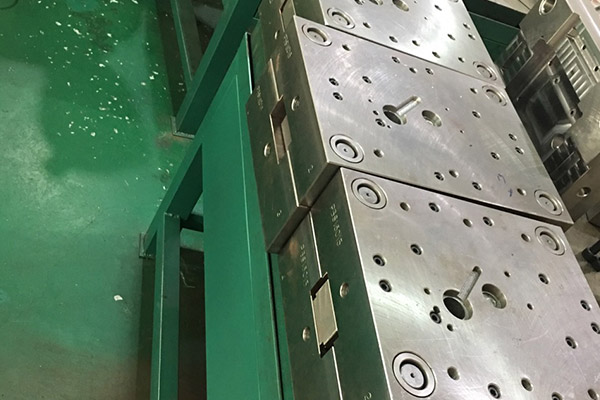
Refined: the essence of plastic mold design
In the manufacturing process of plastic products, mold design is a key link to determine product quality and production efficiency. A well-designed mold can ensure that the shape, size and details of the product meet the design requirements. The following are the core steps and considerations of plastic mold design, explained from the perspective of Pinbo's senior mold development engineers.

Key steps in plastic mold design
1. Design sketch : First of all, we need to draw a preliminary sketch of the mold design, considering the parting line, gate position, drawing Angle and thimble layout. This step is essential to ensure that the product meets the specifications.
2.3D Model Creation : Using computer Aided design (CAD) software, we convert sketches into 3D models. The power of CAD software allows us to look at the design from different perspectives, make necessary modifications, and test the functionality of the design.
3. Material selection : Choosing the right mold material is the key to ensure product quality. We need to consider the high temperature resistance, durability and strength of the material to ensure that the mold can work stably under high pressure and high temperature.
4. Cavity and core making : Based on CAD models, we create the cavity and core of the mold, which are the core components that determine the shape and size of the product.
5. Mold base preparation : The mold base provides support for the mold, and fixes the cavity and core in place. The robustness and durability of the die holder is essential to withstand the pressure during the molding process.
6. Parts processing : Use CNC machine to accurately process mold parts to ensure surface finish and prevent product defects.
7. Surface polishing ** : Polishing the die surface is essential to achieve a smooth surface of the product and prevent plastic adhesion.

Important considerations when designing plastic molds
When designing plastic molds, the following are a few key factors that are essential to ensure the success of the molding process and the quality of the product:
1. Part geometry : The shape and size of the product directly affect the mold design. Designers must consider part features such as bottom cuts, ribs, and bosses, which may require special tools or additional forming steps.
2. Material selection : Choosing the right mold material is crucial to meet the specifications of the product. Factors to consider include high temperature resistance, chemical resistance, strength and durability.
3. Drawing Angle : Drawing Angle is crucial to whether the product can be easily removed. The designer must consider the size and position of the drawing Angle to ensure product quality.
4. Gate location and size : Gate location and size affect the flow of molten plastic. Designers must ensure that materials flow smoothly and prevent defects such as warping and dents.
5. Exhaust system : Proper exhaust system can prevent the formation of air pockets and avoid product defects.
6. Cooling and heating : The cooling and heating system of the mold is essential for controlling product quality and preventing defects such as shrinkage and warping.
7. Tolerance : The designer must ensure that the size and characteristics of the mold meet the tolerance requirements of the product.
Plastic mold design is a science, but also an art. It requires designers not only to have technical precision, but also to have innovative thinking. At Pinbo, our team of engineers draw on years of experience and expertise to design accurate and efficient molds to support our customers in their plastics manufacturing.
Recommended
- -Precision mold development process and production technology requirements and precautions
2024-11-16 - -Technical characteristics of two-color mold
2024-11-16 - -Optimizing Plastic Mold Development with Strategic Material Selection
2024-11-05 - -Plastic box mold: a tool to improve packaging efficiency
2024-10-26 - -The essence of the injection molding process: the fusion of precision and efficiency
2024-10-26 - -Quality management in plastic mold manufacturing
2024-10-26 - -The fine process of mold manufacturing from design to completion
2024-10-26 - -Refined: the essence of plastic mold design
2024-10-26 - -In-depth analysis of injection mold pricing: cost composition and optimization strategy
2024-10-26 - -What is the best practice for sourcing injection moulded parts from China
2024-10-26

